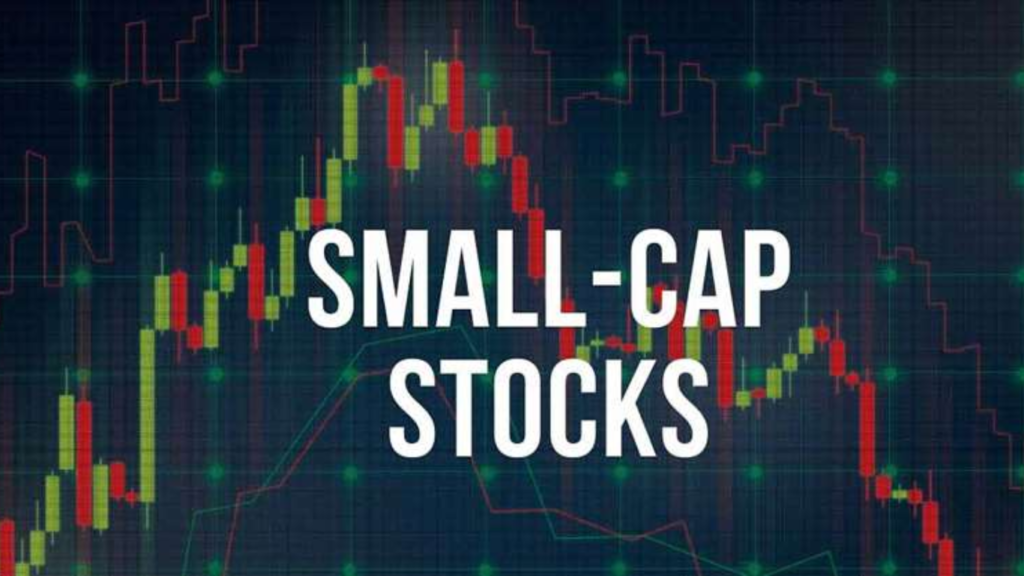
Beginners entering the stock market should know the significance of market capitalization. Market capitalization or market cap addresses the all-out estimation of the organization based on its present offer cost and the complete number of remarkable offers. The greater part of the enormous financial specialists like common finances make their portfolio as per the market cap of the organizations. The characterization of the organizations based on market cap is divided into three classes; high cap, mid-cap, and small cap. In this blog, you will find out about the distinction between large, medium, and small-cap in the offer market.
Difference Between Large, Medium, And Small Cap in Share Market
Large Cap Stocks
The large cap stocks are those organizations that have a market cap of more than Rs. 20,000 crore. These organizations have been for quite a while on the lookout and notable among the general population. They have a solid presence on the lookout and putting resources into them is protected or safer. Large-cap organizations uncover all the material data to people in general through media, stock trade, papers, and so on The data about the large-cap organizations is promptly accessible to everybody. A portion of the instances of large-cap organizations in India are Infosys, TCS, HUL, Reliance Industries, and so forth

Mid-Cap Stocks
Mid-cap organizations have a market cap between the large-cap and small-cap organizations. The market cap of mid-cap organizations is between Rs. 5,000 cr – and Rs. 20,000 cr. The productivity, income, customer base, and so forth of mid-cap organizations are lower than those of huge-cap organizations.
What makes mid-cap stocks more appealing is the way that they can produce immense returns over the long haul. The extent of development is a lot higher in mid-cap organizations and they can turn into a short-term achievement. Contributing time of 3-5 is ideal in mid-cap stocks. A portion of the instances of mid-cap stocks are Granules India Escorts, and so on
Notwithstanding, mid-cap organizations are not a particularly protected interest in contrast with enormous-cap organizations. Likewise, much data about the mid-cap organizations isn’t accessible publically. This is the motivation behind why financial specialists dread putting resources into mid-cap organizations and these stocks are not the best option for moderate speculators.
Small Cap Stocks
Small-cap stocks are those organizations that have lower incomes and few representatives. Small-cap organizations have a market cap of up to Rs. 5,000 crore. A large portion of the little cap organizations are either fire-up undertakings or organizations in the underlying stage.
Small-cap stocks are ideal for moderate to high-chance craving financial specialists. This is on the grounds that little cap stocks can be bought when the business is in the underlying stage and they can possibly turn out to be large victors for the financial specialists in long haul skyline. Contributing little-cap stocks can be profoundly dangerous. A portion of the instances of little cap stocks are Redington India Ltd, and so forth
Prior to putting resources into the small cap stocks one should cautiously look about the organization. Essential things that one ought to investigate while putting resources into little cap stocks is the present moment and long haul plans of the organization. A portion of the boundaries to consider incorporate income model, productivity, generosity of the advertisers, monetary strength, and so on

Broadening is Key
Many monetary counselors observe brilliant guidelines for contributing, such as broadening. By expanding the portfolio-based available cap of organizations, one can deal with the danger well. On the off chance that you have dread and an absence of information about the stock market, stopping cash in huge-cap stocks is fitting. Nonetheless, if you approve of putting resources into unsafe stocks, you may put resources into mid-cap and small-cap stocks. Hence, before putting resources into the stock market, you should investigate your danger profile and venture skyline. For novices in the stock market, expansion of the portfolio is fitting.
FOR A FREE STOCK MARKET SEMINAR VISIT HERE
CALLS @ 9986622277
Disclaimer
The information provided here is for general informational purposes only and should not be construed as financial advice. Investing in the stock market involves inherent risks, and there is no guarantee of profits or protection against losses. Before making any investment decisions, it is essential to conduct thorough research and seek advice from a qualified financial advisor or professional.
